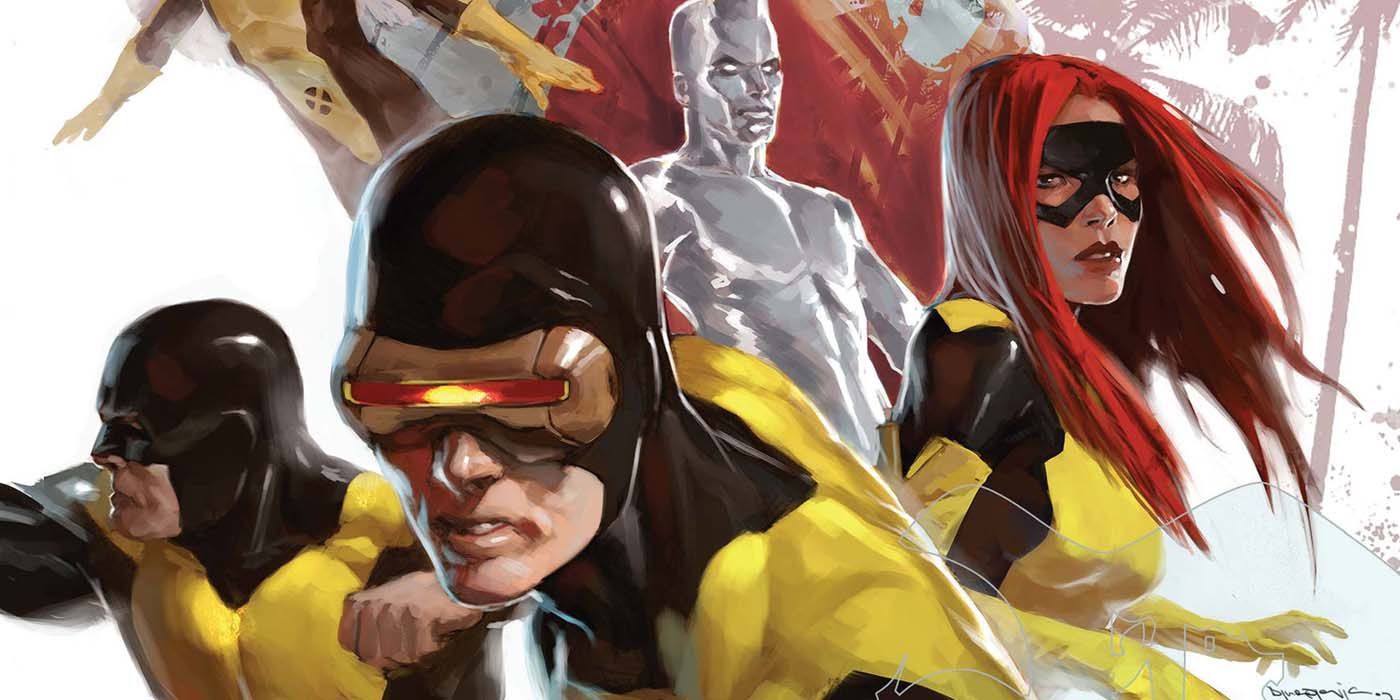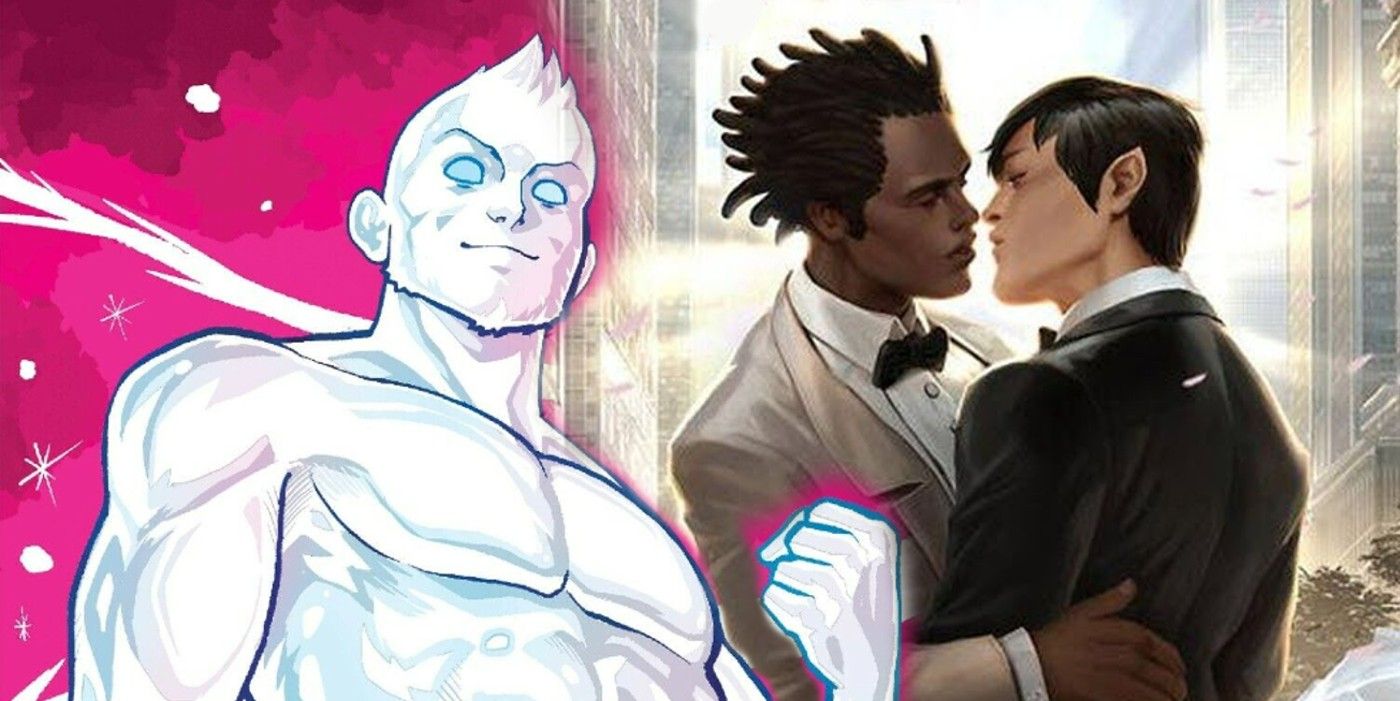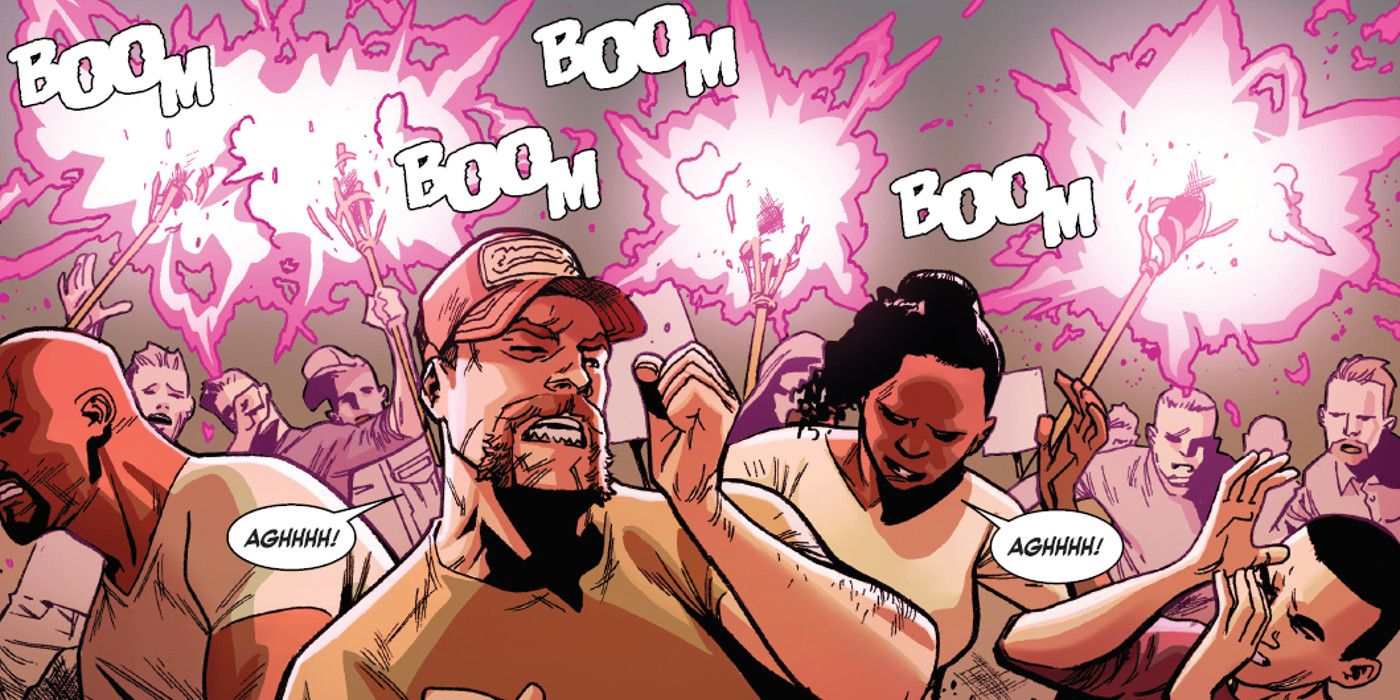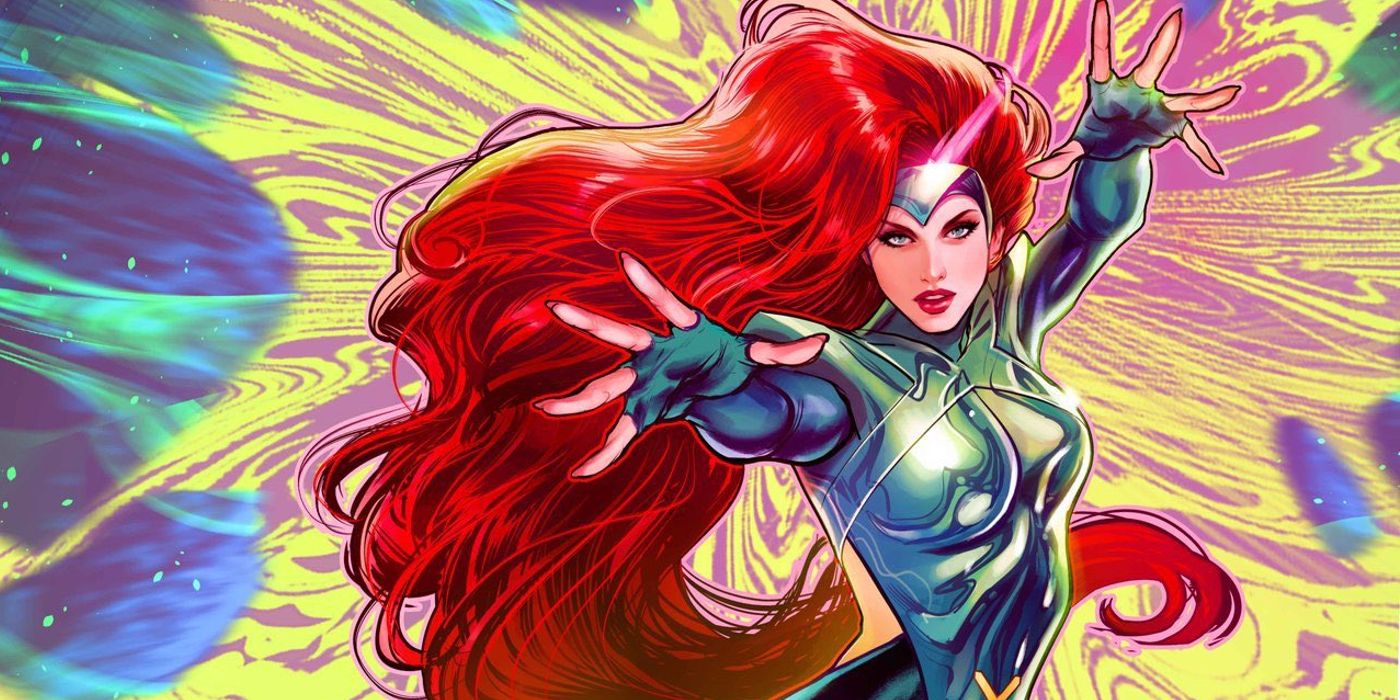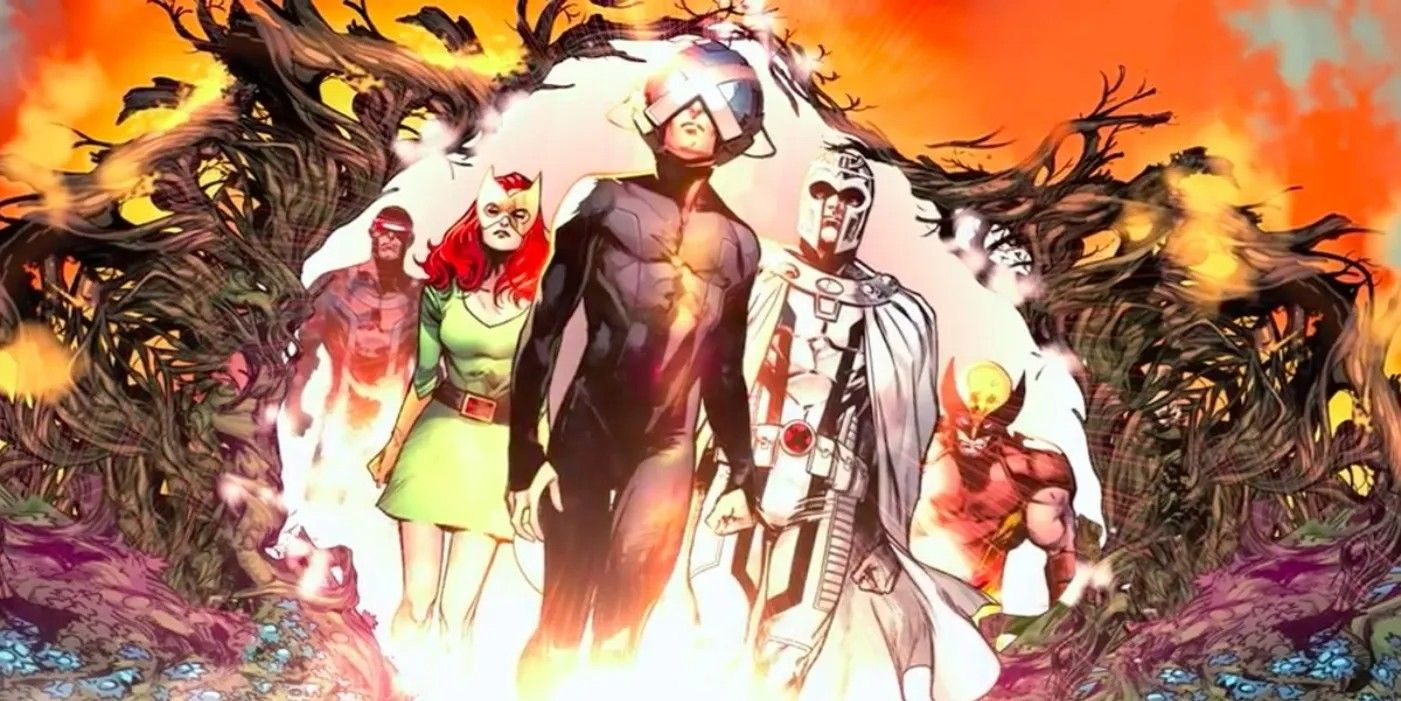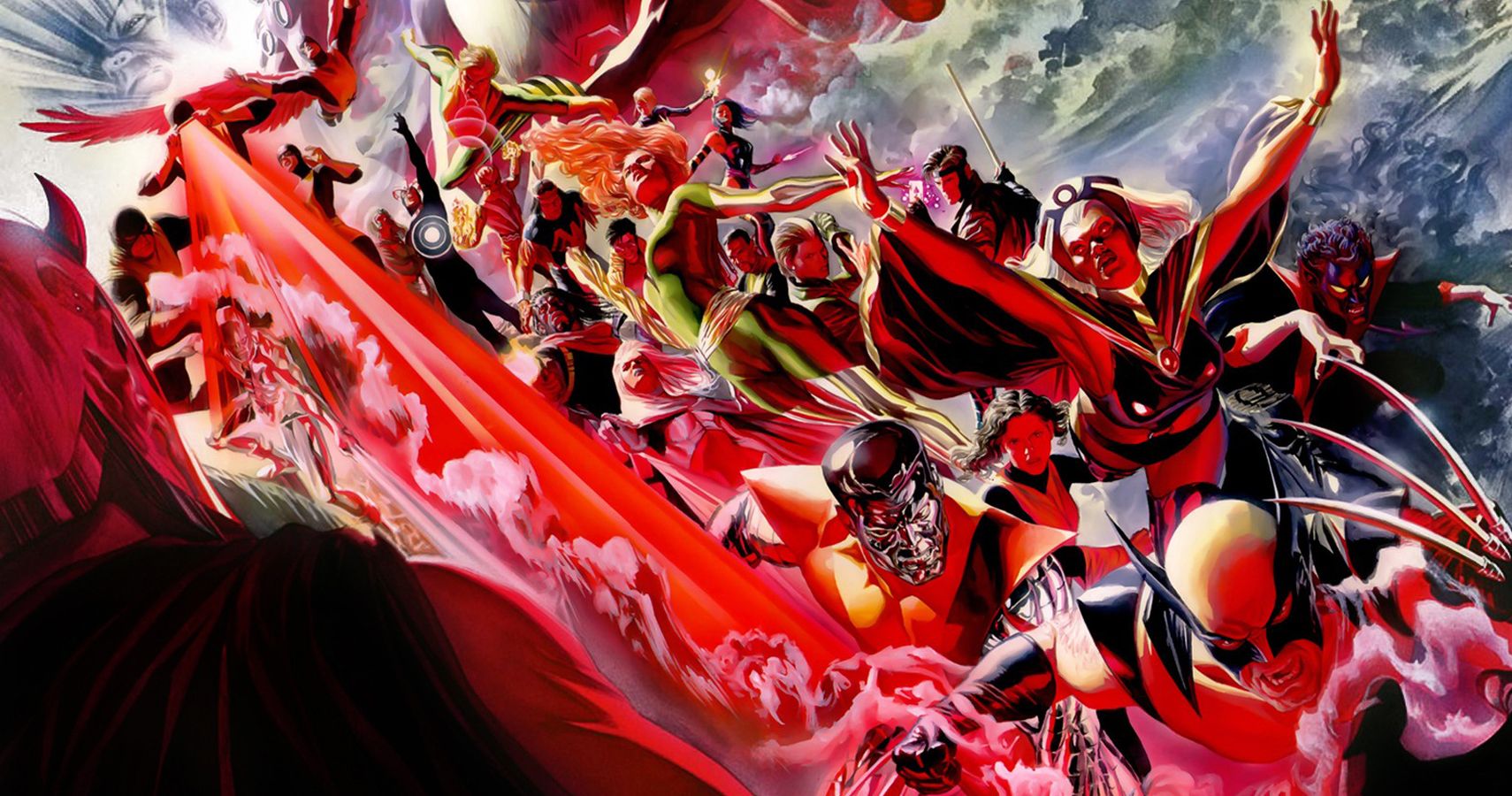The X-Men are easily one of Marvel's most popular franchises, and unlike other franchises, have remained popular ever since their debut in 1963. Far from remaining stagnant, the company's writers continue to take the mutants of Marvel in multiple new directions, and they always remain interesting. Below is a list of every major change in X-Men franchise history, from the early days of Professor Xavier's School for the Gifted to the present Krakoa era and beyond.
Since the history of the franchise spans decades and each individual character could easily have their own list, only major changes will be chronicled here - meaning the X-Men's many deaths and resurrections will not be mentioned. Additionally, the inclusion of individual characters such as Wolverine are not enough to mark a major change in direction for the franchise. Instead, this list will examine the themes of the X-Men franchise as a whole, and how those themes have changed and evolved since the Silver Age of Comics.
Stan Lee and Jack Kirby created the X-Men not out of a desire to create a boundary-breaking team or lean into the social revolutions in America at the time, but sheer laziness. The legendary writer had great difficulty creating origin stories for superpowers; even by the early 60s Lee knew he couldn't always use radiation as a source for every new character. Inspiration struck when he thought of the word "mutant": a character could simply be born with powers without explanation, and those powers could range from possessing super-strength to telepathy to mastery over magnetism and beyond.
What The X-Men Represent
The 60s were a decade of massive social change in America, brought on by the burgeoning Civil Rights Movement, an unpopular and seemingly purposeless war in Vietnam, and the ever-present threat of the Soviet Union and nuclear Armageddon. Creators Stan Lee and Jack Kirby did not necessarily create the X-Men out of a desire to represent the ostracized and marginalized people of the real world, but the groundwork was nevertheless laid in the first issue. "When I was young, normal people feared me, distrusted me!" says Xavier in Uncanny X-Men #1 in 1963. "The human race is not yet ready to accept those with extra powers!" The mutants of the X-Men were quickly seen as a stand-in for African-Americans; at the time, many locations practiced segregation (Alabama governor George Wallace's infamous "segregation, now, segregation tomorrow, segregation forever" address was also delivered in 1963).
The X-Men eventually came to stand for all marginalized groups throughout history: more non-white mutants were created to drive the point home, and writer Chris Claremont eventually revealed Magneto's Holocaust background, transforming him from a mutant-supremacist villain into a genuine activist and freedom fighter. Gay mutants such as Iceman and trans mutants like Escapade now proudly fight alongside the rest of the team - and occasionally must leave their homes behind, where they aren't welcomed for their sexual orientation and their mutant physiology. But when it comes to the X-Men's many homes (covered below), all mutants are welcome.
Humanity's Hatred
Despite Professor Xavier's trepidation in the first issue regarding human distrust for mutants, the X-Men were initially welcomed as heroes. A human security guard honors the team in the first issue, and other human fans crowd around Angel and Cyclops in the second. Mutants were seen as curiosities rather than threats, but this changed quickly; thanks to Magneto's Brotherhood of Evil Mutants, sentiment quickly turned against the X-Men - and flashbacks to origin stories revealed Iceman's pre-Xavier friends would all desert him the moment he showed his powers.
Anti-mutant hysteria peaked during the Chris Claremont era, which also saw humans use religion to justify their hatred. The famous God Loves, Man Kills storyline introduced Reverend Stryker, a religious fanatic who attempted to use a captured Xavier to kill the mutant population. The Krakoa era introduced anti-mutant politics on an international scale: multiple countries including the UK refused to recognize the mutant nation, and the entire world appears to be afraid of what the island's population can achieve. Today, mutants are often seen by humans as pariahs at best, and incredibly dangerous beings that must be stopped at worst.
Powers And Abilities
The initial five X-Men, while possessing superhuman powers, still had multiple weaknesses that often put them on the level of the humans they fought. Their powers were also quite singular in functionality: Iceman charged into battle covered in snow, not ice, Jean Grey's telepathic abilities were almost nonexistent, and Beast had above-average strength and slightly larger hands and feet than humans. Just a few years later, Iceman would live up to his name in a very literal sense, Jean's telepathic powers almost eclipsed Professor X, and other unstoppable mutants like the Scarlet Witch could take on the entire team by themselves.
Multiple new mutant heroes emerged during the 70s and beyond with powers that far exceeded the original team. Storm could control the weather, Wolverine's healing abilities allowed him to survive nearly any attack and the Japanese mutant Sunfire can output plasma in excess of one million degrees Fahrenheit. Mutant villains appear to possess the lion's share of exotic abilities: Apocalypse has multiple powers including total molecular control over his body, and Exodus can destroy entire teams simply through thought alone. In the modern era, reality-warping mutants are not just present - they are commonplace.
The Mutant Nation Of Krakoa
In 2019, writer Jonathan Hickman soft-rebooted the entire X-Men series; in the span of just a few issues, a new status quo was established in the form of Krakoa, the official nation for mutants. Even classic X-Men enemies like Magneto, Apocalypse and Mr. Sinister joined forces for the betterment of mutantkind, and for the first time, mutants were no longer wanderers and finally had a land of their own. Hickman drew inspiration from the founding of Israel in 1948: Krakoa is powerful but small and inexperienced; the island is surrounded by enemies in the form of suspicious humans who would see it destroyed; mutants, some former enemies, have very different ideas concerning how a nation ought to be run; once-idealistic leaders like Professor X must compromise their principles in the name of national security.
This was not the first attempt at a mutant home, but simply the latest and surely most successful. The island of Genosha was not initially a mutant haven, but was granted to Magneto in 1999 who deemed it a mutant nation. Unfortunately, a massive disaster would befall Genosha in 2001, and the majority of the mutant population was killed. Krakoa is the first attempt at a mutant society in which all mutants participate, not just the X-Men or Magneto's followers. Out of all the changes on this list, Krakoa as the new status quo is the most seismic, and not since Giant-Sized X-Men #1 has the franchise shifted gears so irrevocably.
Their Sheer Numbers
The X-Men began with just five members on the team (six if one counts Professor X). Their ranks were increased by four between 1966 and 1970, but expanded greatly in the 70s with an addition of an astounding eleven members; this increase in membership was seen in Giant-Sized X-Men #1 in 1975 (and the quasi-sequel to this story, Deadly Genesis) when Professor X recruited a team of international mutants to rescue his original students. Over 50 mutants were considered to be "official" X-Men members, but the term is rather nebulous. Occasionally, the X-Men are joined by other fighting mutants; in that case, their numbers grow exponentially.
Over two-hundred and fifty X-Men have graced the pages of Marvel Comics (and more than a few were created exclusively for the various X-Men films, television shows and video games). When one takes into account the amount of mutants living on Krakoa who are able and willing to fight alongside their more seasoned X-siblings, there are thousands of mutants ready to fight for a cause. Unfortunately, those numbers continue to decrease with every mutant tragedy - first at Genosha, then with the Decimation caused by the Scarlet Witch, and most recently with the sinking of Krakoa during 2022's Judgment Day event.
The X-Men embrace change rather than shy away from the concept. The team changes considerably and writers are not afraid to kill or remove beloved characters from the books (it is in fact easier to create a list of X-Men who have not died rather than those who have). The advent of mutant resurrection changed the X-Men even further, and now old mutants can return from the dead to see the new changes for themselves. Stan Lee and Jack Kirby's X-Men remains popular even today - and the many changes, far from alienating long-term fans of the series, are one of the reasons why readers continue to enjoy the adventures of Professor X and his team of merry mutants.

